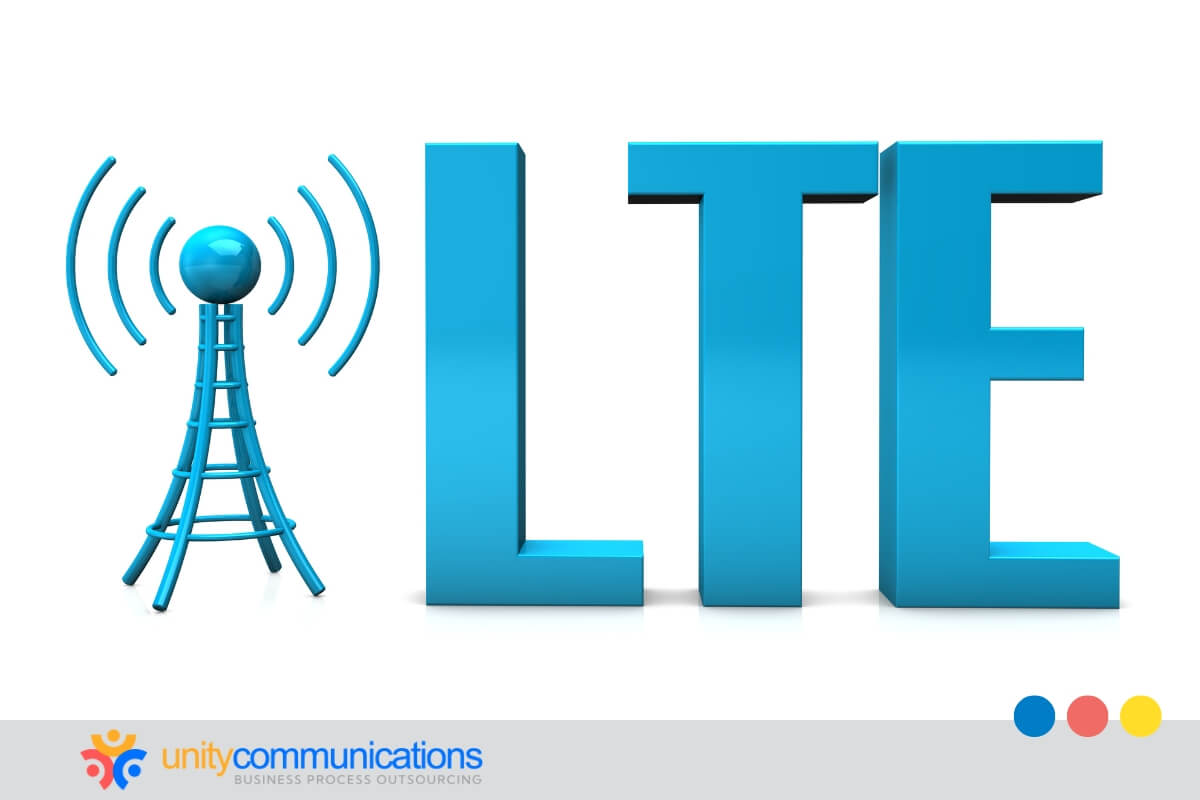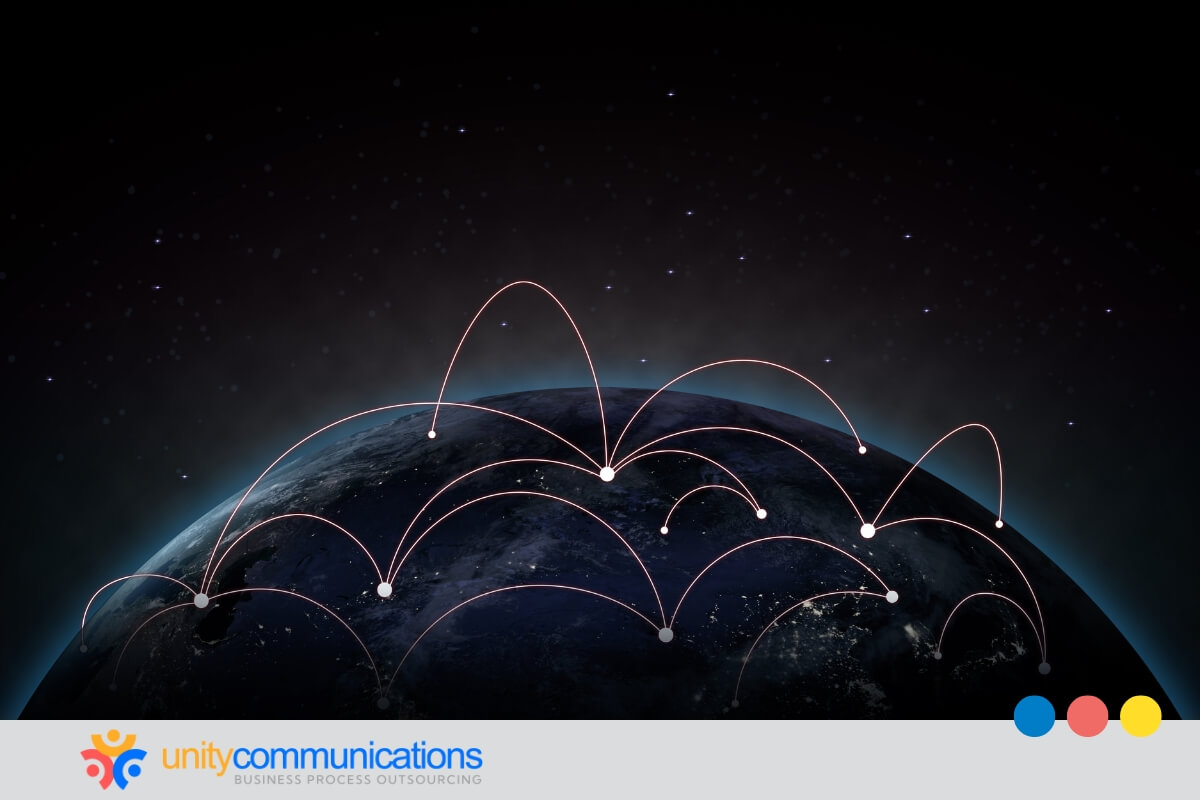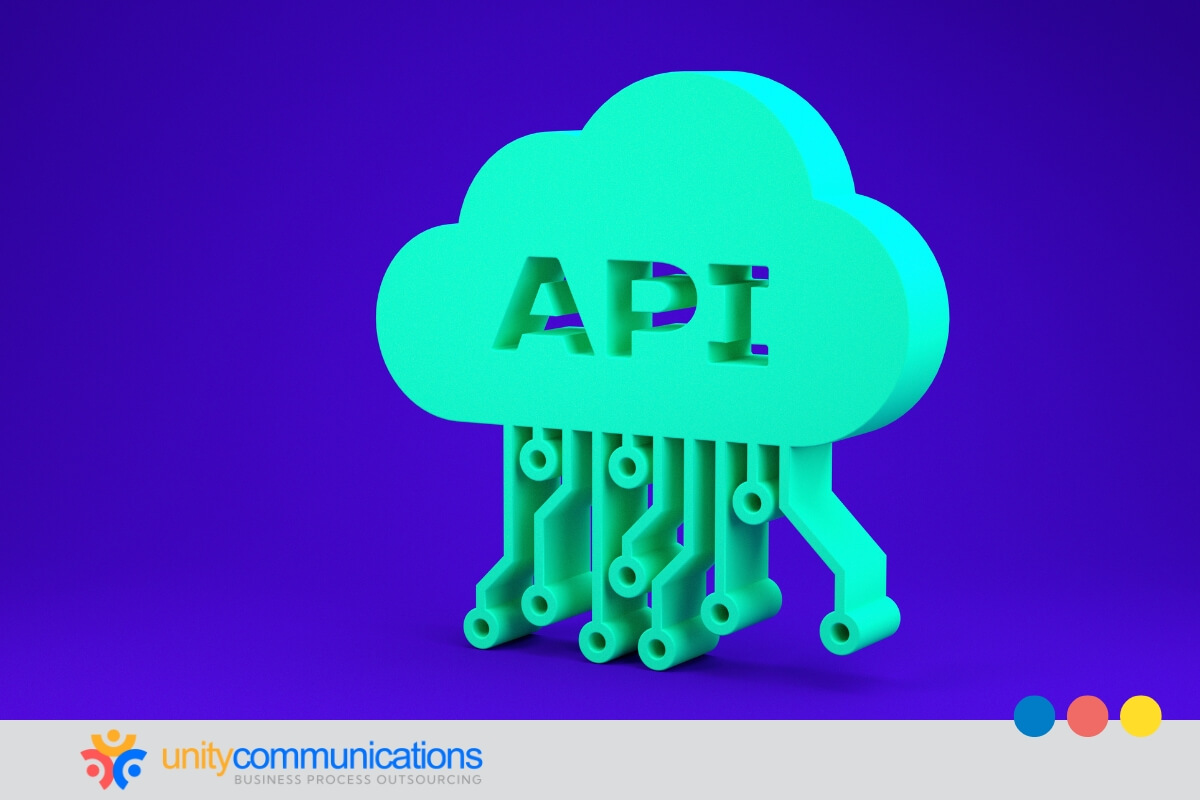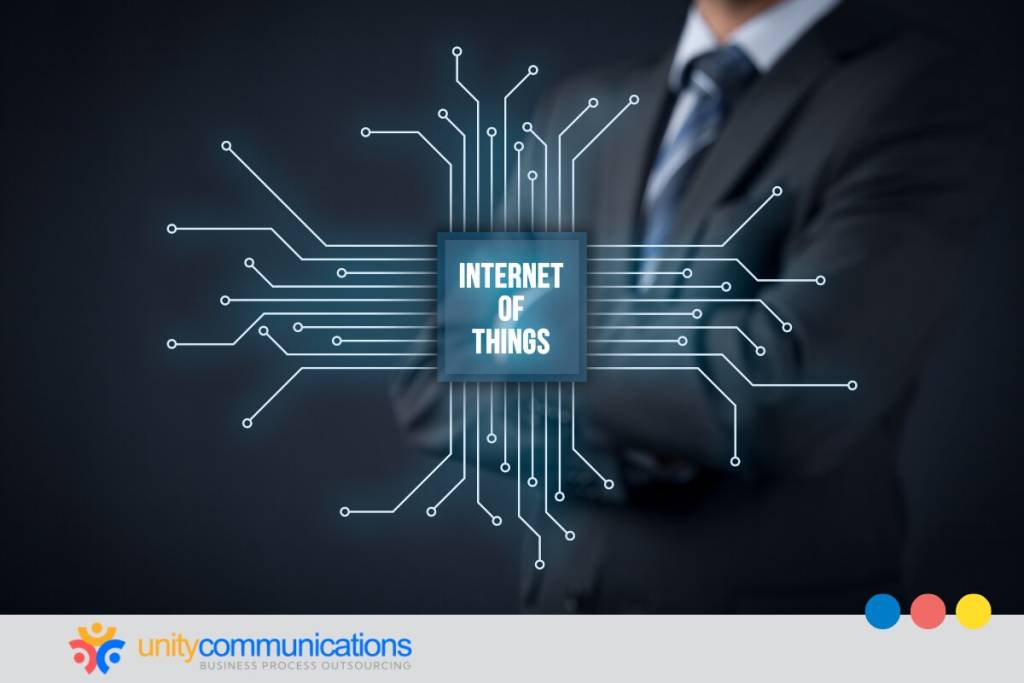Table of Contents
From smart factories to connected healthcare devices, the Internet of Things (IoT) transforms how businesses operate and compete. IoT refers to networks of physical devices embedded with sensors and software that collect and share data, helping companies improve efficiency, reduce costs, and make smarter decisions.
As more industries adopt these technologies, choosing the right IoT connectivity solutions has become critical for balancing performance, range, and power consumption.
This comprehensive guide breaks down every major IoT connectivity option, from cellular and satellite to mesh networking, helping you match the right technology to your business needs.
Cellular IoT technologies: Wide-area coverage for enterprise applications

Global IoT devices are expected to surge from 19.8 billion in 2025 to over 40.6 billion by 2034, with China projected to lead the market in 2034, accounting for approximately 7.51 billion consumer devices.
To support this explosive growth, businesses deploying IoT devices require reliable, wide-area connectivity that can handle everything, from brief data bursts to continuous information streams.
Digi states that an average business requires download speeds of about 25 Mbps and upload speeds of 3 Mbps to manage activities such as sending emails, transferring files, and holding video meetings.
To meet these performance demands and support diverse IoT applications, cellular networks offer versatile solutions that strike a balance between coverage, speed, and energy efficiency. Technologies such as NB-IoT, LTE-M, and Cat-1 have emerged as leading choices for enterprise IoT connectivity.
- NB-IoT (Narrowband IoT) is ideal for low-power devices that transmit small amounts of data, as well as sensors and smart meters, offering deep indoor coverage.
- LTE-M (LTE Cat-M1) supports moderate data rates, voice calls, and mobility for asset tracking and wearables applications.
- Cat-1 offers higher speeds than LTE-M and is well-suited for devices requiring more bandwidth, such as security cameras or point-of-sale terminals.
Selecting the right IoT solution helps you balance cost, performance, and battery life.
LPWAN technologies: Maximum range with minimal power
When IoT devices must send small data packets over long distances without draining battery life, specialized low-power networks bridge the gap. These networks are ideal for connecting sensors and devices spread across vast areas, particularly where cellular coverage is limited or too costly.
LPWAN technologies such as LoRaWAN and Sigfox are vital in expanding IoT connectivity solutions for industries ranging from agriculture to smart cities.
- LoRaWAN offers long-range, low-power communication for devices such as environmental sensors and smart agriculture tools.
- Sigfox provides ultra-narrowband connectivity, sending tiny amounts of data with minimal power usage, which is perfect for asset tracking.
- Weightless supports bidirectional communication and flexible spectrum use for low-power IoT applications.
- NB-Fi focuses on connecting low-cost sensors over long distances with minimal infrastructure needs.
- Random phase multiple access (RPMA) delivers robust long-range connectivity, even in challenging urban environments.
Embracing LPWAN technologies helps deploy IoT connectivity solutions cost-effectively across large areas and remote locations.
Satellite connectivity for remote and hard-to-reach areas
About 6.7% of people rely on satellite internet, which is the most widely available option in the U.S., thanks to geostationary and low-Earth orbit satellites providing coverage virtually everywhere.
Businesses also leverage satellite connectivity to keep IoT devices online in areas beyond the reach of cellular networks and terrestrial infrastructure, ensuring critical data flows even in remote, rural, or oceanic regions.
As part of modern IoT connectivity solutions, satellite networks bridge gaps where other technologies fall short.
- Iridium offers global coverage with low-Earth orbit satellites, which are ideal for maritime tracking and remote monitoring.
- Inmarsat delivers reliable satellite communication for IoT devices in aviation, shipping, and remote industrial sites.
- Starlink provides high-speed satellite internet for IoT and data-heavy applications in rural or underserved areas.
- Globalstar specializes in low-data-rate IoT solutions for asset tracking and emergency services in remote regions.
- Hiberband targets IoT deployments with small, infrequent data transmissions in hard-to-reach places.
Satellite connectivity ensures IoT operations run smoothly, regardless of the location.
Short-range wireless: High-performance local IoT connectivity solutions
For many IoT applications, devices only need to communicate over short distances, making local wireless technologies a practical and cost-effective solution. These solutions are ideal for smart homes, factories, and offices, where devices are typically located near gateways or controllers.
As essential components of modern IoT connectivity, short-range wireless options enable businesses to build flexible, high-performance networks for localized data exchange.
- Wi-Fi provides high-speed connectivity for data-intensive IoT devices, such as cameras and industrial equipment, within a limited range.
- Bluetooth offers low-power communication for wearables, medical devices, and consumer electronics.
- Zigbee enables mesh networking for smart lighting, home automation, and industrial sensors.
- Thread provides secure, low-power mesh networking ideal for connected home devices.
- Z-Wave specializes in reliable, low-bandwidth communication for smart home and building automation.
Selecting the right short-range technology enables your business to develop seamless IoT ecosystems tailored to indoor or localized use cases.
IoT mesh networking: Extending coverage and reliability

Traditional point-to-point connections often fall short when IoT deployments span large areas or complex spaces. Mesh networking provides a flexible method for devices to relay data through neighboring nodes, thereby extending coverage and enhancing reliability without relying solely on central hubs.
Mesh architectures can maintain strong, adaptable networks even in challenging environments.
- Zigbee Mesh utilizes low-power radios to establish networks where smart devices exchange messages across homes, buildings, or factories.
- Thread Mesh is designed for secure, reliable homes and building a secure IoT network, with self-healing capabilities to reroute data.
- Bluetooth Mesh enables many-to-many device communication for lighting, sensors, and building automation in commercial spaces.
- Wi-SUN supports large-scale mesh networks for smart utilities and city infrastructure with robust outdoor performance.
- WirelessHART is used in industrial environments for reliable, self-organizing mesh communication among sensors and controllers.
Implementing mesh networking broadens your coverage and strengthens connections for complex IoT deployments.
IoT power consumption: Balancing battery life and performance
Powering IoT devices determines the practicality and cost-effectiveness of a deployment over time. Each IoT connectivity solution has different energy demands, shaped by the amount of data devices send, the frequency of communication, and the distance signals must travel.
You must carefully weigh these trade-offs to ensure devices remain reliable without draining batteries too quickly.
- NB-IoT and LTE-M feature low power consumption and long sleep cycles, making them ideal for infrequent data transmissions.
- LoRaWAN utilizes extremely low energy for transmitting small, infrequent data packets over long distances.
- Wi-Fi has higher power requirements and is suitable for devices with constant power or frequent, large data transfers.
- Bluetooth low energy (BLE) is designed for low-power and short-range connections and is perfect for wearables and sensors.
- Satellite IoT often requires more power due to long-range transmission, and it is suited for remote applications where other networks do not reach.
Selecting the proper connectivity helps balance performance and battery life for successful, long-term IoT deployments.
IoT connectivity ranges: From meters to global coverage
One of the most critical factors in selecting IoT connectivity solutions is the range of a signal that can travel while still delivering reliable performance. Different technologies excel at various ranges, from a few meters for short-range wireless to thousands of kilometers via satellite links.
Understanding these maximum-range capabilities helps you match the right connectivity to their specific use cases, whether deploying devices indoors, across cities, or in remote regions. Selecting wisely ensures consistent data flow, optimal costs, and minimal signal loss.
- Wi-Fi typically has a range of up to 100 meters indoors, slightly longer outdoors with a clear line of sight.
- Bluetooth can be used up to around 100 meters for Bluetooth Classic and up to 1,000 meters for Bluetooth Long Range under ideal conditions.
- Zigbee has a range of approximately 10–100 meters per hop, with mesh networks extending the total range further.
- LoRaWAN has a range of up to 15–20 kilometers in rural areas and shorter ranges in dense urban environments.
- Cellular (NB-IoT, LTE-M) covers several kilometers, leveraging existing cellular infrastructure.
- Satellites have virtually unlimited global reach, connecting devices anywhere on Earth.
Knowing these range limits helps businesses plan reliable IoT networks tailored to their operational environments.
SIM and eSIM management for global IoT roaming
Managing IoT devices across regions or countries presents unique challenges, particularly when they are connected to different networks.
SIM, eSIM management, and global roaming support are crucial parts of modern IoT connectivity solutions. They can help deploy devices anywhere without being tied to a single carrier.
These technologies make switching networks remotely easier, reducing costs and ensuring devices remain online wherever they travel.
- eSIM (embedded SIM) enables the remote provisioning of carrier profiles without physically swapping SIM cards, making it ideal for global IoT deployments.
- Multi-IMSI SIMs store multiple carrier identities on a single SIM, allowing devices to switch between networks for improved coverage or pricing.
- SIM management platforms help businesses oversee large fleets of IoT SIMs, monitor usage, and control costs.
- Global IoT roaming services offer agreements across multiple networks, ensuring devices remain connected internationally without service gaps.
- Bootstrap profiles for eSIM let devices connect to initial networks right out of the box before downloading final carrier settings.
Smart SIM and eSIM strategies ensure businesses can connect IoT devices seamlessly across borders and diverse network landscapes.
IoT connectivity platforms and API-driven integration

Deploying IoT solutions at scale requires efficient management of devices, data, and connections. Industry IoT platforms offer centralized tools for managing devices, monitoring network health, and analyzing data flows. API-driven integration enables businesses to connect these systems with existing software and processes.
Together, they form the backbone of modern IoT connectivity solutions, helping organizations achieve seamless, scalable deployments.
- Cisco IoT Control Center manages global IoT device connectivity, SIMs, and usage analytics from a single dashboard.
- Ericsson IoT Accelerator offers device connectivity management and integration with enterprise systems via APIs.
- Twilio Super SIM provides API-driven cellular connectivity, allowing developers to manage IoT devices programmatically.
- EMnify IoT Cloud delivers global connectivity and API integrations for device monitoring and analytics.
- Soracom offers flexible connectivity services and APIs for managing IoT SIMs, security, and data routing.
Leveraging connectivity platforms and APIs can streamline and enhance the adaptability of IoT operations.
End-to-end security and encryption mechanisms
Verizon’s 2025 Data Breach Investigations Report reveals that third parties were involved in 30% of breaches, a double from last year’s figure, mainly due to exploited vulnerabilities and business disruptions.
This highlights the importance of securing IoT systems, as these devices collect and transmit sensitive data.
End-to-end security and encryption are vital components of modern IoT connectivity. They protect the information from the moment it leaves a device until it reaches its destination.
Businesses rely on these tools to safeguard privacy, maintain compliance, and prevent costly breaches across diverse IoT deployments.
- TLS/SSL encryption secures data in transit between devices and cloud platforms, preventing eavesdropping and tampering.
- Device authentication verifies that only trusted devices can connect to networks or services, blocking unauthorized access.
- Secure boot ensures devices load only trusted, verified software during startup to defend against malicious code.
- Public key infrastructure (PKI) manages digital certificates and keys for strong device-to-device and device-to-cloud security.
- Hardware security modules (HSMs) protect cryptographic keys and perform secure operations inside tamper-resistant hardware.
Building robust security into every layer of IoT connectivity keeps businesses’ data and operations safe in an increasingly connected world.
The bottom line
Choosing the right IoT connectivity solutions involves carefully balancing the distance devices must communicate over against the power they can consume.
Each technology offers unique benefits and trade-offs tailored to different business needs, ranging from short-range wireless and mesh networks to satellite links and global cellular options. Understanding these factors helps ensure efficient, reliable, and cost-effective IoT deployments.
The IoT connectivity landscape continues evolving rapidly. Partner with an ATT award-winning solution provider who understands current technologies and emerging trends to ensure your investment delivers long-term value. Let’s connect.




